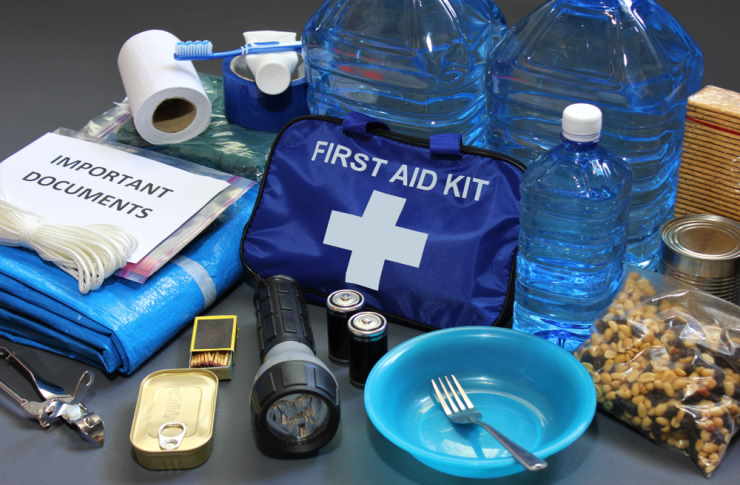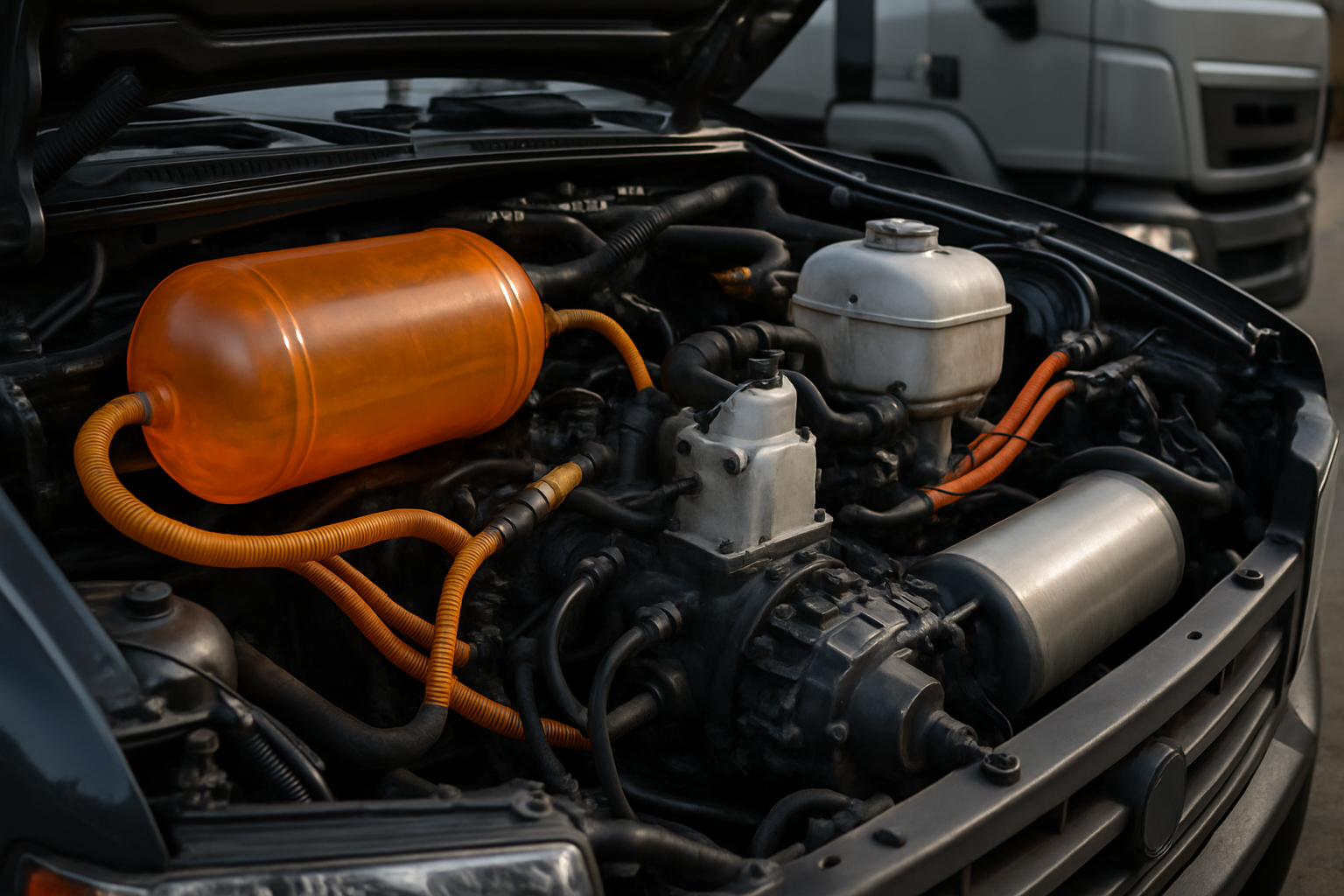Essential Earthquake Safety Tips Guide for USA Residents
Earthquakes can strike without warning, making preparedness crucial for protecting yourself and your family. Understanding proper safety measures, emergency planning, and response techniques can significantly reduce injury risk and property damage during seismic events. This comprehensive guide covers essential earthquake safety strategies specifically tailored for residents across the United States, from high-risk zones like California to areas with moderate seismic activity.

Living in earthquake-prone areas requires proactive safety planning and awareness of proper emergency procedures. The United States experiences thousands of earthquakes annually, with varying intensities affecting different regions. While some areas face higher risks than others, understanding fundamental safety principles helps protect lives and minimize damage regardless of location.
Understanding Earthquake Risks in Your Area
Earthquake risks vary significantly across the United States, with the West Coast, Alaska, and certain areas of the Central and Eastern regions experiencing higher seismic activity. The United States Geological Survey (USGS) provides detailed hazard maps showing probability levels for different regions. California faces the highest risk due to the San Andreas Fault system, while states like Missouri, South Carolina, and Tennessee also experience notable seismic activity. Understanding your local risk level helps determine appropriate preparedness measures and safety protocols.
Creating a Comprehensive Earthquake Safety Plan
Developing a family earthquake safety plan involves multiple components that address before, during, and after earthquake scenarios. Start by identifying safe spots in each room of your home, typically under sturdy desks or against interior walls away from windows and heavy objects. Establish meeting points both inside and outside your home, and ensure all family members know evacuation routes. Practice drop, cover, and hold on drills regularly, especially with children. Create communication plans including out-of-state contact persons, as local phone lines may be overwhelmed during emergencies.
Essential Emergency Supply Preparation
Maintaining adequate emergency supplies ensures your family can survive independently for at least 72 hours following a major earthquake. Store one gallon of water per person per day, along with non-perishable food items that require minimal preparation. Include first aid supplies, flashlights, battery-powered or hand-crank radio, extra batteries, and medications. Keep important documents in waterproof containers, along with cash in small bills. Store supplies in multiple locations throughout your home to ensure accessibility if certain areas become blocked or damaged.
Proper Response During Earthquake Events
Knowing how to respond during earthquake shaking can prevent serious injuries and save lives. The “Drop, Cover, and Hold On” method remains the most effective protection strategy. Immediately drop to your hands and knees, take cover under a sturdy desk or table if available, and hold on to your shelter while protecting your head and neck. If no table is available, cover your head and neck with your arms. Avoid doorways, which are not stronger than other parts of modern buildings, and never run outside during shaking, as most injuries occur from falling objects near building entrances.
Post-Earthquake Safety Procedures
After earthquake shaking stops, carefully assess your surroundings before moving. Check for injuries and provide first aid as needed, but avoid moving seriously injured persons unless they face immediate danger. Inspect your home for structural damage, gas leaks, and electrical hazards. Turn off utilities if damage is suspected, and use flashlights rather than candles or matches. Listen to emergency broadcasts for official information and instructions. Be prepared for aftershocks, which can cause additional damage to already weakened structures.
| Safety Equipment | Estimated Cost | Key Features |
|---|---|---|
| Emergency Kit (Family of 4) | $150-300 | Water, food, first aid, flashlights |
| Seismic Gas Shut-off Valve | $200-400 | Automatic gas line protection |
| Furniture Anchoring Kit | $50-150 | Secures heavy furniture and appliances |
| Emergency Radio | $30-80 | Hand-crank or solar powered |
| Water Storage Containers | $40-100 | Long-term water storage solutions |
Prices, rates, or cost estimates mentioned in this article are based on the latest available information but may change over time. Independent research is advised before making financial decisions.
Building and Home Safety Modifications
Retrofitting older homes and securing household items significantly reduces earthquake damage and injury risk. Anchor heavy furniture, appliances, and water heaters to walls using appropriate brackets and straps. Install safety latches on cabinet doors to prevent contents from spilling during shaking. Consider seismic retrofitting for older homes, including foundation bolting and cripple wall bracing. Replace heavy hanging objects above beds and seating areas with lighter alternatives. Install flexible gas line connections and automatic gas shut-off valves to prevent fire hazards.
Earthquake preparedness requires ongoing commitment and regular plan updates as circumstances change. Stay informed about local seismic risks, participate in community preparedness programs, and review your safety plans annually. Regular practice of safety procedures ensures quick, appropriate responses during actual earthquake events. Remember that earthquake safety extends beyond individual preparation to include community resilience and mutual support during recovery periods.




